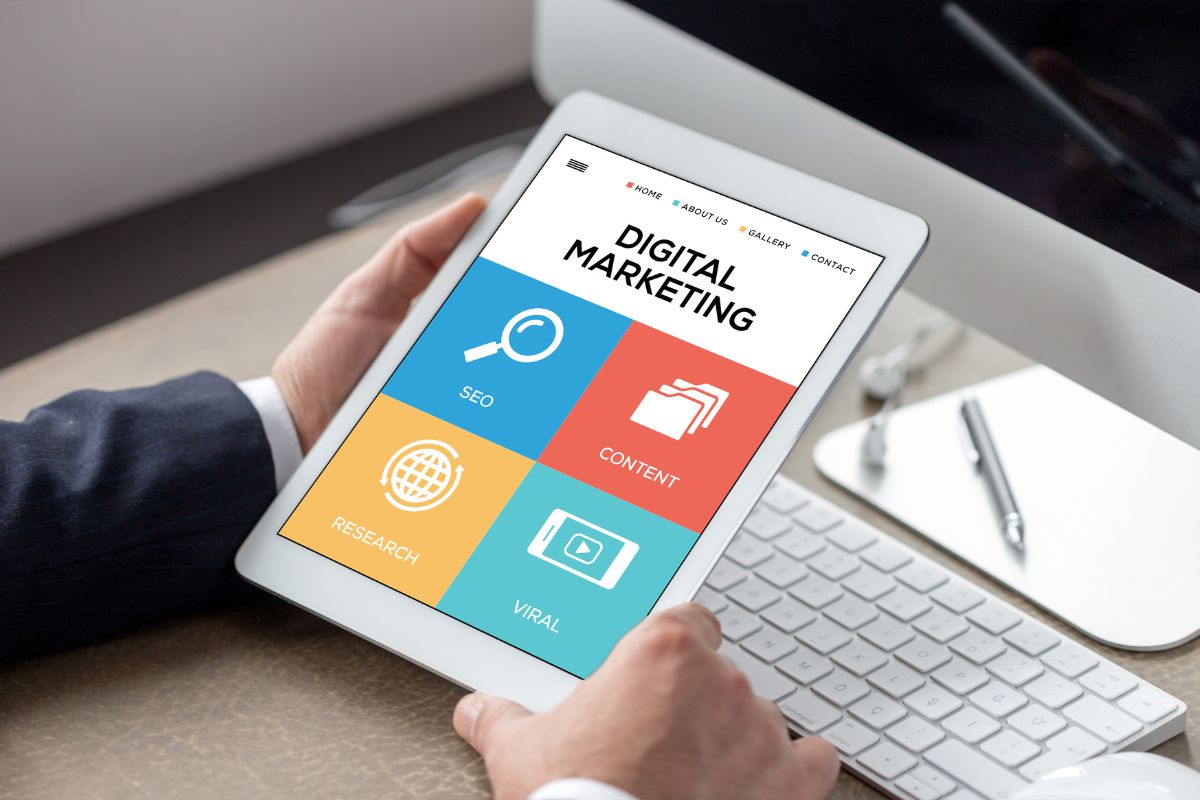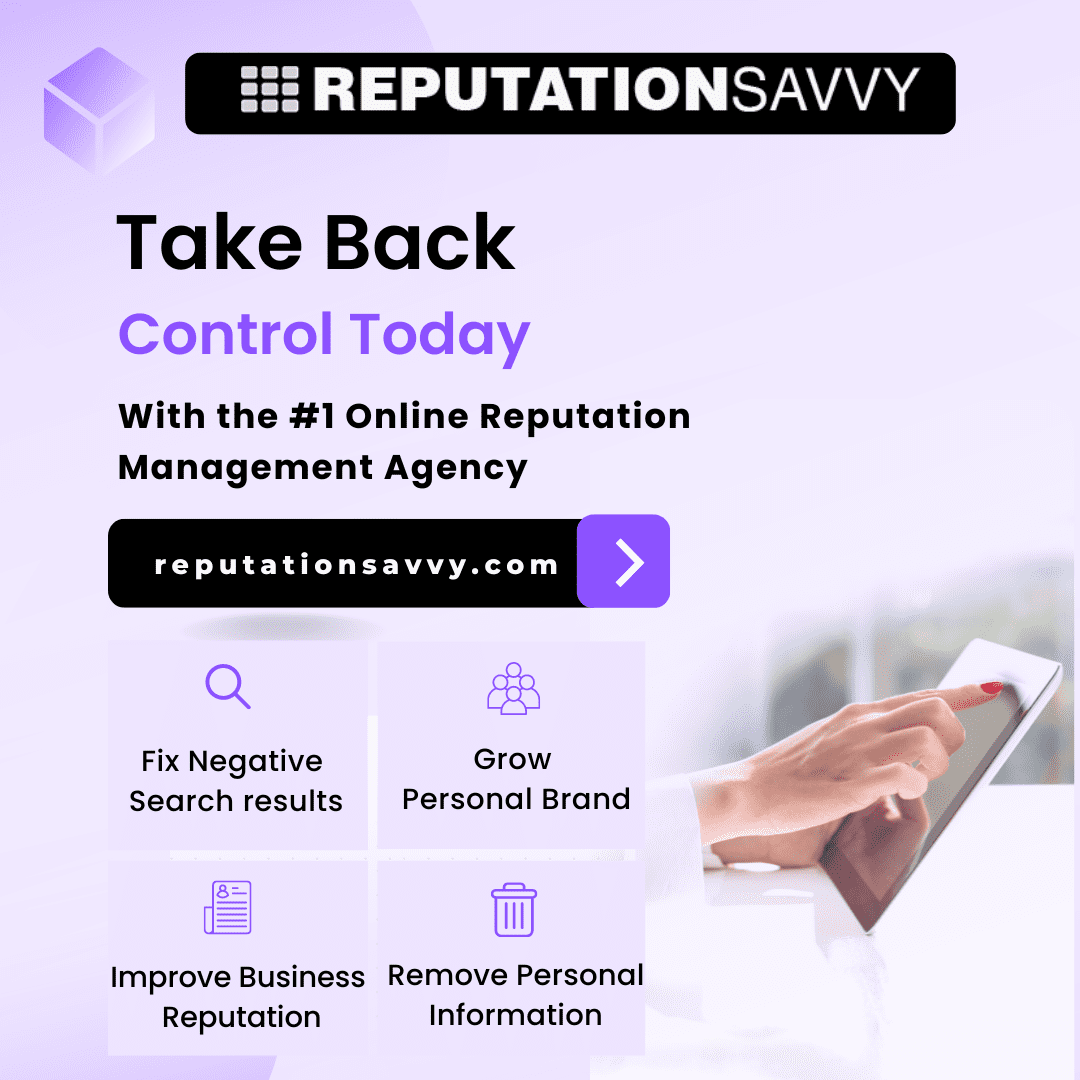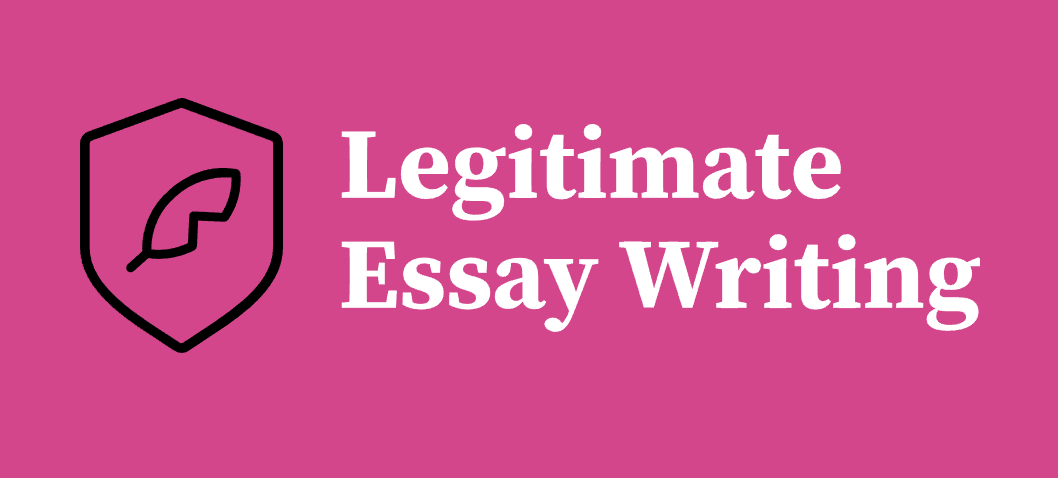Scaling a business is never easy. Finding ways to expand while also sticking with a confined marketing budget can be challenging. You want others to learn about your amazing brand, but you may not know how to grow beyond your current devoted fanbase. If this sounds like your dilemma, read on. Here are three strategies to consider when accelerating business growth is the name of the game.
1. Personalization
Personalized messaging is a marketing tactic that every business can support. Today’s consumers are looking for brands that understand their needs and desires. They want to feel like a real human, not another person in their database. At the end of the day, they want to feel heard and valued. One way to meet this demand is through personalization tactics.
A birthday email with a special coupon, cart abandonment texts, social media retargeting, and product recommendations are all examples of personalized marketing. These digital marketing tactics show the customer that you either care about them or are here when they are ready to checkout. With so many distractions, sometimes a nudge or reminder to check out is all they need to complete the sale. Other times, a coupon or special offer will lead them to your site and generate a buy.
Of course, to create these personalized tactics you need to gather audience data. Demographic information, purchase history, and site browsing behaviors are first-party data segments that you’ll need to implement personalized marketing. With these insights, you can group or categorize similar individuals based on similar characteristics. These buyer personas can be labeled and targeted based on their unique identifications.
If the amount of research and analysis required to identify and label these personas overwhelms you, it may be helpful to onboard outside help. If you have one, your outsourced CMO would be experienced in this type of research and can provide recommendations for how to target certain audience segments. In terms of personalization, they can also craft campaigns with tailored content marketing and social marketing components to best reach your intended audience.
2. Influencer Marketing
Today, just about anyone and everyone can be an influencer. Online creators are embedded into today’s culture, to the point where it’s hard to distinguish who is being paid for their recommendations. Consumers develop relationships with their most beloved influencer followers so much so that they trust their advice and recommendations. This is beneficial to brands who get their products in front of the right audiences.
Influencer marketing is best used for growing audience reach and establishing credibility. By working with the right influencer or pool of influencers, you can grow your audience base. A cosmetic skincare brand can find new devoted consumers by partnering with a beauty influencer. This also improves the brand’s perceived credibility as the influencer shows their followers how they use their products within the content.
The trick to a successful influencer marketing campaign is to work with the right influencer. There are upwards of 127 million influencers worldwide — a massive pool that can be quite hard to narrow down. If you see a creator organically post or tag you in their content, take note. There’s a good chance that they genuinely value your brand and are purchasing it with their own money. It’s also an indicator that they would like to work with you and have the audience that you are trying to reach.
Sending PR packages to select influencers is another good way to test and see who could become a more permanent fixture in your social campaigns. You’ll see who is willing to post about your brand organically without any monetary influence. If you like what you see, then you can follow up with the influencer or their agency to start talking about what a partnership could look like. Be upfront about your budget and what you would like to get out of the relationship, including the number of social posts. Make sure all the terms of the contract are to your liking, such as how you’ll review posts and how long the partnership will last before you sign on the dotted line.
3. Expand Digital Presence
If you’re looking to grow your business, then you’ll want to expand how you show up online. A strong, user-friendly website is only the beginning. Think of your site as the welcome mat to your brand. Potential customers may find you through a Google search while others may hear about you and visit your site directly. Once you’ve gained their attention, you’ll need to keep their attention through other digital platforms.
This means creating SEO-optimized content to educate audiences and keep them engaged. Crafting compelling newsletters and SMS messages to regain attention. A strong social media presence is also needed to interact with followers and respond to their comments and questions.
As you expand your digital presence, don’t think that you need to be on every platform just because that’s what your competitors are doing. Going back to your audience personas, identify which areas of the Internet they spend most of their time. If they are loyal to Instagram, you may not need to be as present on Facebook for example. Test and learn to find what resonates most with your audience and identify how you can expand your presence while keeping their needs top of mind.










